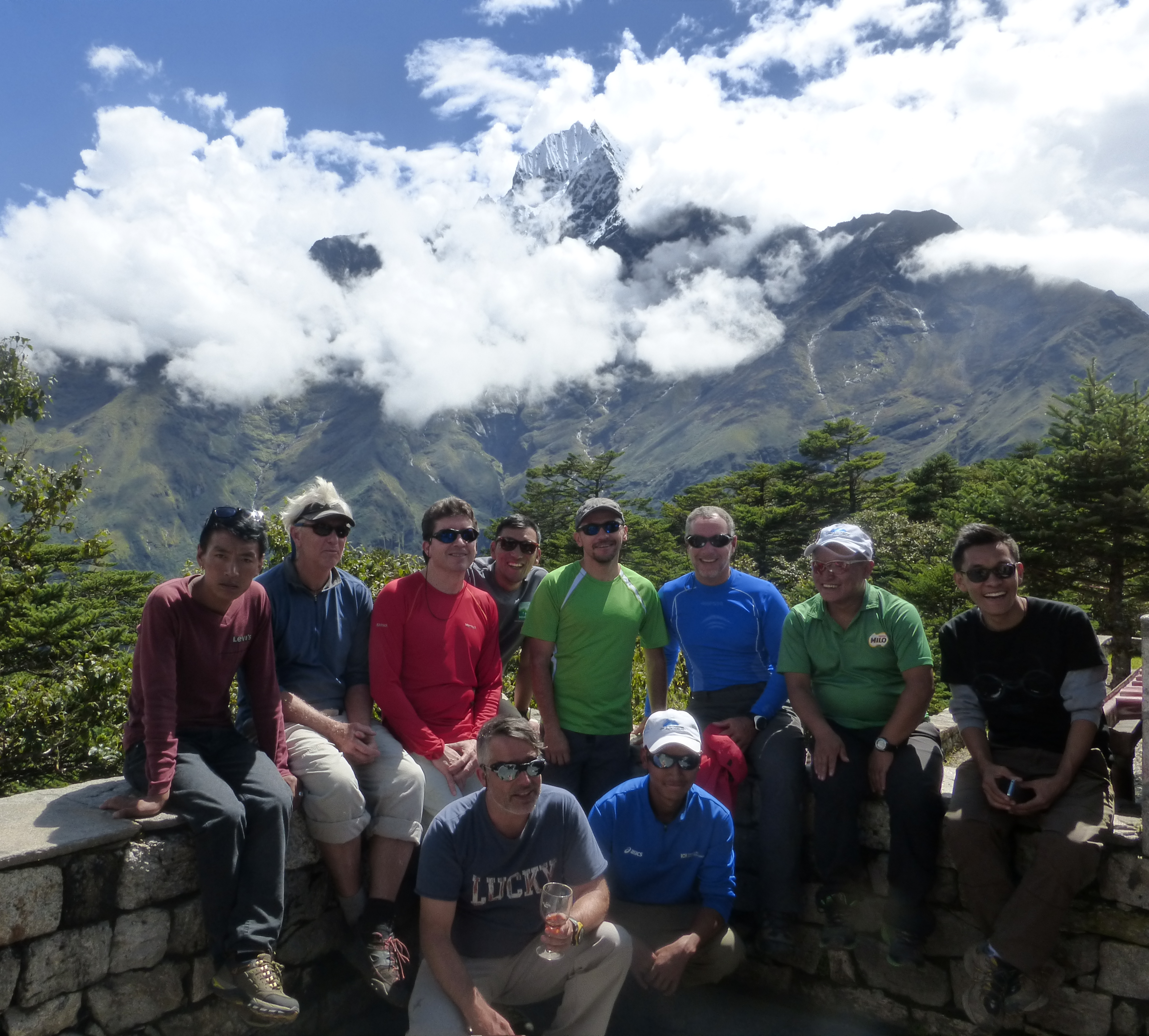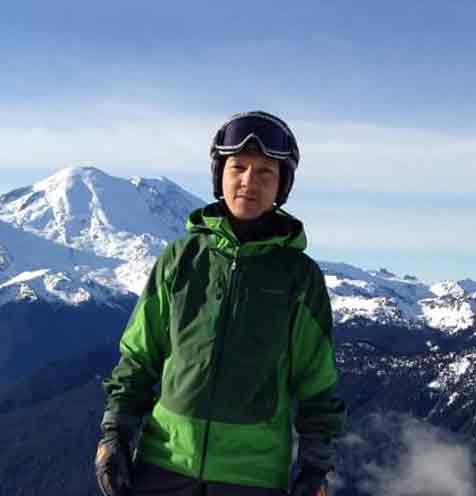
Posted On: December 13, 2019
Best Tips and Guide for Trekking in Nepal
Several activities can be organized in Nepal. Some of them are cultural tours, trekking, Jungle safari, peak climbing, hiking and so forth.
Trekking in the lap of the Himalayas offers you a lifetime, memorable experience. It provides an ample opportunity to explore the values and the lifestyles of the Himalayan region. You can enjoy your upcoming vacation trekking Nepalese mountain sites.
But before trekking you should be well prepared. The convenience in the Himalayas are limited, many communities are confined and the most important is the weather keeps changing.
So, the following tips may guide you to plan before trekking in Nepal.
Better with local Guides and Porters

You need the guides for different purposes. He/she not only shows the way but explain about culture, tradition, religious activities, festivals of the country. Next, as you cannot speak Nepali language, he/she is familiar with local transportation, accommodation, difficulties and possible hazards.
Porters are the assistants who carry your duffle bags throughout the journey. They are strong enough and assist you by carrying your belongings along the way. They may lack the knowledge of every parts of trekking and speak English rarely, so the guides and porters are not interchangeable.
Better to have contingency and Acclimatization days while trekking

As we find something new everyday in the Himalayas, the weather is unpredictable there. It is better to have 2 to 3 contingency days. It helps to recover in case of flight delays or cancellation. Sometimes we may delay due to the sickness and injuries if there is any.
Moreover, there will be any problems in case of internal flights such as Pokhara, Lukla, Jomsom get delayed or cancelled due to the weather and other technical reasons.
Another important factor is Acclimatization. You should be adjusted in the higher elevation where the layer of oxygen decreases. For that you should stay for a or two days which helps to be acclimatize yourselves and reduces the risk of Altitude Sickness.
Remain hydrate
Among several suggestions, this is also an important one.
As you are hiking in higher elevation, dehydration can with no trouble catch you. Next, it is beneficial for two ways viz. for better health and fewer probabilities of suffering from Acute Mountain Sickness (AMS).
In the hamlets, you can find some water purification stations there you can fill your bottle paying some amount. Otherwise you can carry some water purification tablets to purify tap water.
There is option to buy bottled water on the way but the expense can increase in higher elevation.
Understand the Basics of Altitude and Weather Forecasts.
As we are hiking in tremendously higher elevation such as Annapurna Circuit, Everest Base Camp, Tilicho, we should encounter some high passes. If there is bad weather in higher elevations, the condition gets worse even may cause death. Therefore, we should have sound preparation before having such passes.
These days you can get alternative free forecasts on the web. Those forecasts help you by predicting main weather shifts as well as some strong winds and storms.
You will be provided the printed maps of the concerned region that helps you to recognize in which altitude you actually are in. Moreover, you can find many checkpoints where the map with altitude is informed.
Prepare with comfortable trekking boots and trekking poles.
Regardless of your age, fitness, strengths, you need to bring trekking poles which support you throughout the journey.
Next, you should bring/ wear more comfortable trekking shoes which will be another factor of successful journey. There can be wound in the legs if you have uncomfortable ones and hinders for successful journey.
You may ask that why Nepalese are not wearing them. Yes, Nepalese have spent their entire life in the mountain and they can walk simply wearing slippers. Do not compare yourself with them.


 Posted On: December 13, 2019
Posted On: December 13, 2019

